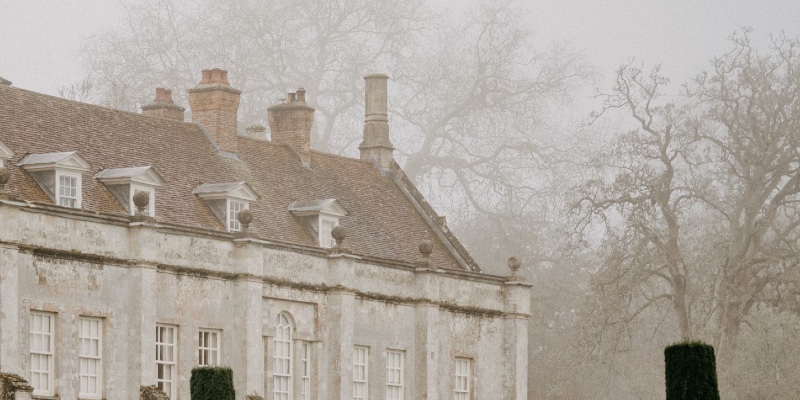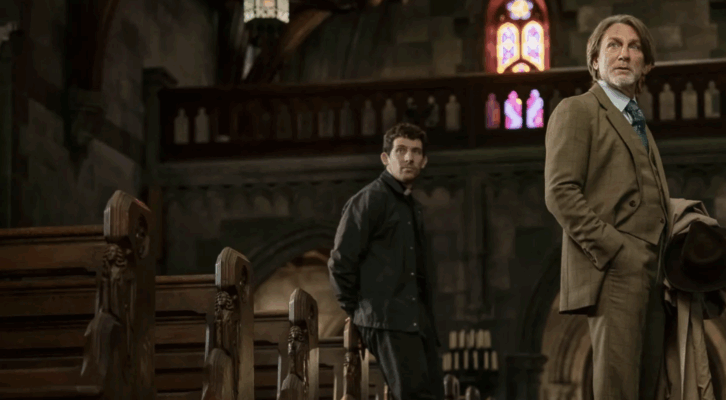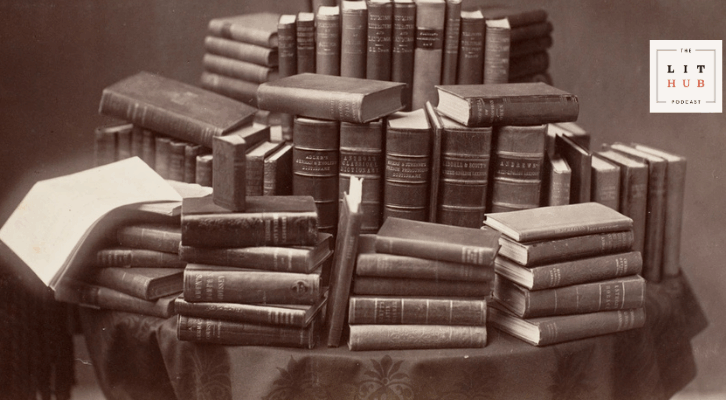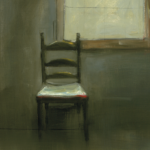When my family moved into a new home in the Chicagoland area around fifteen years ago, I was informed the day we moved in that the house had been previously foreclosed a while back in the depths of the recession. This house had been presented in a state of disrepair: the banisters were ripped out by the previous owner when he left. The windowpanes were missing. Upon meeting one of my neighbors, a girl my same age, she leaned in close and whispered that the home had been abandoned for some time, to the point where the neighborhood kids thought it was haunted and dared each other to go in there.
When I was writing The Manor of Dreams, a story about an inheritance battle over a Chinese Hollywood star-turned recluse’s lavish, formerly grand estate, I was obsessed with the homes of the Gilded Age, a period of prosperity for America in the late nineteenth century due to technological improvements and the acquisition of coveted resources. Each of these houses had an origin of wealth, concentrated around titans who dominated industries of copper, railroads, guns, news media. They built houses with dozens of rooms and teeming with excess, homes so meticulously constructed in beloved architectural styles: Italianate, Beaux-Arts, Queen Anne Gothic. These homes now stand cavernous and empty, sometimes renovated into museums, sometimes left abandoned, hollowed of the promise which once possessed them, crumbling into the earth.
What does the home mean? The home represents safety, security, shelter from all the uncertain unknowns and the outside elements. It represents rest and leisure. The concept of the home as an American ideal cemented itself in the nineteenth century, as a privilege to have a space to cultivate a private life and a family life. The opportunity to own a home was also a right that was wielded as a weapon against, withheld from, and brutally seized from historically marginalized people: Black, Chinese, and Native American communities, for example. Women were not allowed to own property in most states until 1900 and did not have equal access to credit to do so until the 1970s. To this day homes are both practical investments of personal capital but also keystones of personal identity and history. They are tangible representations of something one worked towards for their whole lives. To own a home, to get to renovate and decorate it, was to have made it; to have succeeded, perhaps in spite of the marginalizing forces, in achieving the American Dream. But what happens when the home becomes an unsafe place?
The haunted house trope has long been an establishment of gothic fiction. There are many books with all kinds of creative spins on this trope—I point to favorites of mine such as Shirley Jackson’s The Haunting of Hill House, or more recently, Rivers Solomon’s Model Home or Silvia Moreno-Garcia’s Mexican Gothic—but the essence is this: the main character, or the main character’s family enters a home intending on staying there for a period of time, maybe forever. The house seems ominously sentient, strange things happen in the night, and some terrifying history about the house is revealed. The characters, at some point, might receive a warning about what has happened in the house. Still the main characters stay, until something truly cataclysmic and irreversible happens, and by then, it’s too late to leave.
Why don’t they leave? It’s a question that is often asked of the main characters. Why not go at the first sign of unease, at the first hint that something might not be right with the place? I feel a sympathetic fear but also a deep, furious disappointment at the characters for choosing to stay and put everyone’s lives in danger. But I think it’s easy, from our omniscient perspective as a reader or viewer, to write off the main characters for being clueless and arrogant. It’s important to consider the context of the house as well. Maybe the house dazzled with a sense of promise, maybe it was a prized inheritance. Maybe this house was the culmination of their savings and everything they had. However they came into contact, the characters have staked their lives on this place to provide them exactly what they need, whether it be shelter, status, safety, clarity, or community. This is why the haunted house trope is so compelling every time; to see that place of promise turn into a place of terror is a betrayal on the deepest level. And this is why the cycle of the haunted house repeats: each set of people move into the house thinking that they could overwrite the past and avoid whatever pitfalls the previous inhabitants fell prey to. That they are different. And isn’t it a human condition, to think you could beat the odds? Isn’t it natural to think that if only you worked hard enough; if you only loved something enough, you could change it?
The emotional heart of these stakes and this personal betrayal were what propelled me throughout the writing of The Manor of Dreams. In the book, Chinese actress Vivian Yin moves into her new husband’s home, a beautiful, decaying California Gilded Age era mansion that she is determined to rebuild and renovate for her young daughters. Eventually she learns that the house has a compromised history. It was built on railroad wealth, which involved the exploitation of Chinese immigrant labor. But she doesn’t let this stop her. With this house, she’s officially made it and secured the future for her family and herself, big enough to contain her Hollywood aspirations and everything she’s ever wanted for her children. This house is too important to her. Everything else is just ancient history, she thinks. To her, America is the land of reinvention; this all could be smoothed over and built anew.
She is sorely mistaken.
***


















